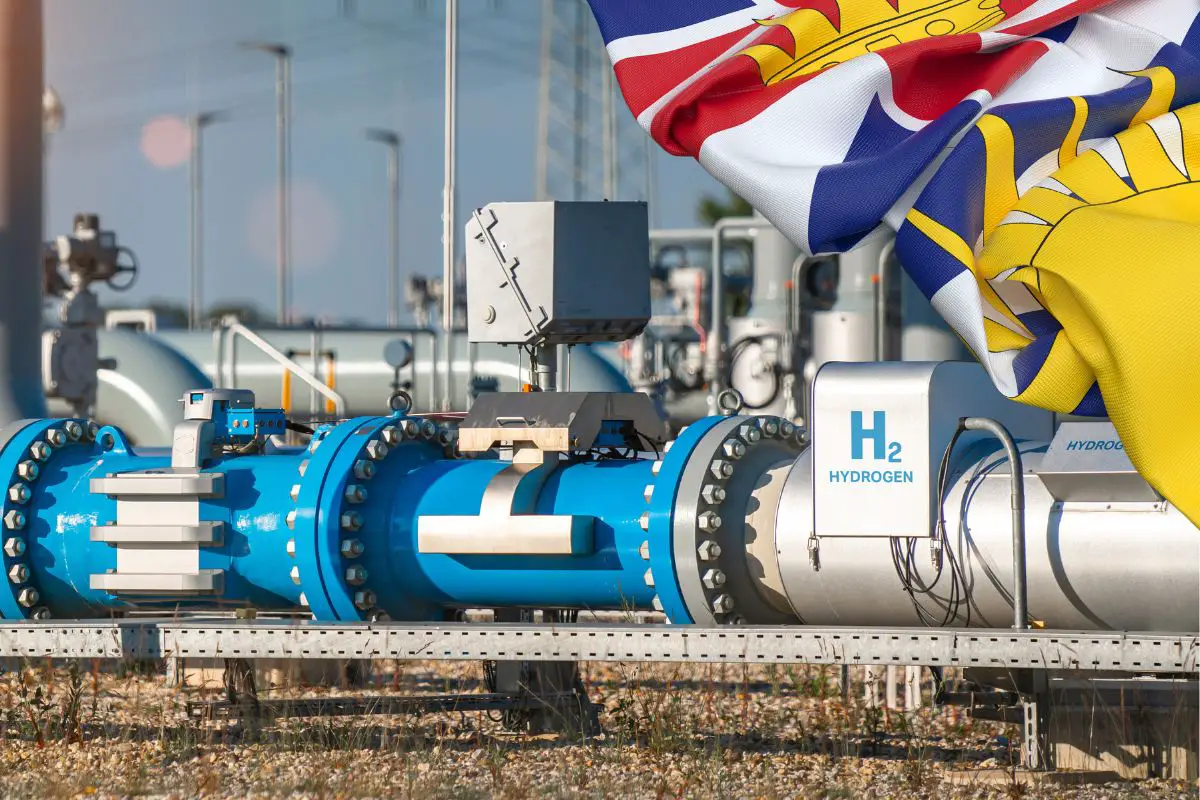
New green hydrogen partnership includes indigenous peoples of Canada
June 27, 2024The Xaxli’p First Nation and Salish Elements have partnered on a new clean H2 production project.
The hy-fcell conference that recently took place in Vancouver, Canada, brought about a number of green hydrogen headlines both locally and globally.
Among those headlines involved a partnership with indigenous peoples
Salish Element has entered into a partnership with the Xaxli’p First Nation for a green hydrogen production facility that will be installed near Lillooet. The project was announced at the hy-fcell conference, which was organized by Messe Stuttgart, a German business convention company.
The primary focus of the convention was on emerging H2 and fuel cell economies. There were approximately 1,000 registrations for the conference this year.
Canada is among the countries around the world making a major push to become a top H2 production and use player. It intends to use some of its existing advantages as a part of this push.
Producing green hydrogen and using existing infrastructure
The production project would be established in British Columbia, which is already aligning itself to become a fuel cell innovation hub. Its ports would make for convenient exports to serve Asia, and Ballard Power Systems can already conveniently provide fuel cells there. Moreover, HTEC can produce an H2 infrastructure and components.

The Canadian province has been diving forward into H2 including everything from research to production, transportation and distribution. It sees itself as well suited to become an important part of the future energy market based on this clean-use fuel.
H2 is already picking up around the globe
“The hydrogen economy is really building momentum,” said British Columbia Minister of Energy, Mines, and Low Carbon Innovations Josie Osborne when speaking at a conference panel.
Osborne underscored that a full 50 percent of the companies in Canada focused on fuel cell technology and H2 are already located in British Columbia. The province has been laying the groundwork to ensure that it becomes and remains a powerful H2 hub.
In 2023, the provincial government established the Clean Energy and Major Projects Office to support the advancement of clean energy project in British Columbia. This included projects focused on the production, use and storage of H2.
According to Osborne, there are 20 “significant” H2 projects currently being proposed or that have already broken ground in the province.
A partnership with the Xaxli’p First Nation
Among those projects getting going in British Columbia is the recently announced green hydrogen project that the Salish Elements company announced in partnership with the Xaxli’p First Nation. It will focus on the production of H2 using water and renewable electricity.
This project is special for a number of reasons, though it is very easy to spot two main factors, which are that the H2 will involve emission-free production and use, and that it will work with the participation of the local indigenous people.
Blue hydrogen is also growing in the region
 The green hydrogen production of the new project ensures that the H2 will be made without producing greenhouse gas emissions. According to Osborne, many of the new projects being implemented in the province can involve blue H2 production. This is similar to gray H2, in that it is made using natural gas – a fossil fuel – except that the CO2 emissions produced will be greatly captured and stored or used for some other purpose.
The green hydrogen production of the new project ensures that the H2 will be made without producing greenhouse gas emissions. According to Osborne, many of the new projects being implemented in the province can involve blue H2 production. This is similar to gray H2, in that it is made using natural gas – a fossil fuel – except that the CO2 emissions produced will be greatly captured and stored or used for some other purpose.
“We’re well-positioned here in B.C. to become a leading hydrogen exporter because we have that low-cost clean electricity, we’ve got robust natural gas resources — along with carbon capture and storage potential — and we’re looking to target markets like China, Japan, South Korea, the Pacific Northwest,” said Osborne.



 With over 15 years of reporting hydrogen news, we are your premier source for the latest updates and insights in hydrogen and renewable energy.
With over 15 years of reporting hydrogen news, we are your premier source for the latest updates and insights in hydrogen and renewable energy.